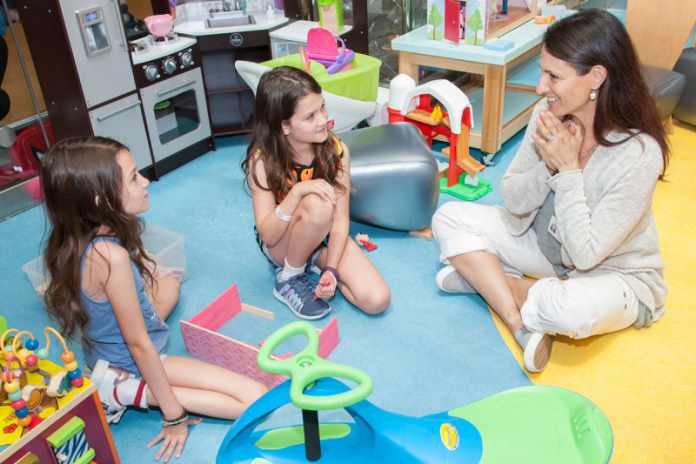Children don’t come with instruction manuals. We do know that they begin solving problems very early in life, learn to use language and interact socially, develop a sense of “self” and become independent. Children who are not encouraged in these processes sometimes don’t mature and have a difficult time understanding how to function as adults. We can monitor their progress in a lot of ways, but the best method is simply to help them to express themselves and then really listen and observe. Here are some ways to do that.
Table of Contents
Offer Choices Early
Toddlers can choose which book they want you to read to them, pick out a snack from a variety of offerings and even decide on an outfit to wear for the day. Of course, children who are two and three years old need some guidance, but the more autonomy they have, the more they develop the ability to choose.
Allow them to Dress Themselves
It is okay to wear those fur-lined galoshes ( for younger parents, that means snow boots) with the pretty dress or the skater shorts. Just maybe we adults should loosen up a little as well. In the 1960s, parents winced at bell-bottom pants. They got over it.
Family Trip
Take them on a road trip. Expose them to different scenery, historical buildings and different cultures, and then ask questions. The important thing is to turn off the music and really listen and respond to them. They may be more willing to talk to you when they are not making eye contact. That is not to suggest eye contact isn’t important. It is just that they may feel freer to talk if they don’t read our opinions in our expressions.
Art
An article on the Psychology Today website discusses the use of art to help children express their feelings. It is not about the artistic merit of the project, but about the process of making art. While art therapy is utilized under the supervision of a trained therapist, simply making art helps kids work through problems, lessens stress, and demonstrates their feelings. Even without therapeutic interpretation, it is a valuable tool to help children express themselves.
Journaling
As kids get older and more self-aware, journaling may help them process their feelings and their attitudes. It can also be valuable in identifying fears and allowing the kids to “look” at them in context of reality. A teen journal can help young people decide how they feel about issues and give them the self-assurance they need to voice those opinions with others. That self-assurance is important to developing independence and the ability to assert themselves.
It is never the job of parents to mold their children in their own images. It is, however, our obligation to help them develop a sense of who they are and what they want. We can do this by assisting them to express themselves to us and to others. In other words, parents need to show their children how to be the best “them” they can be.


















